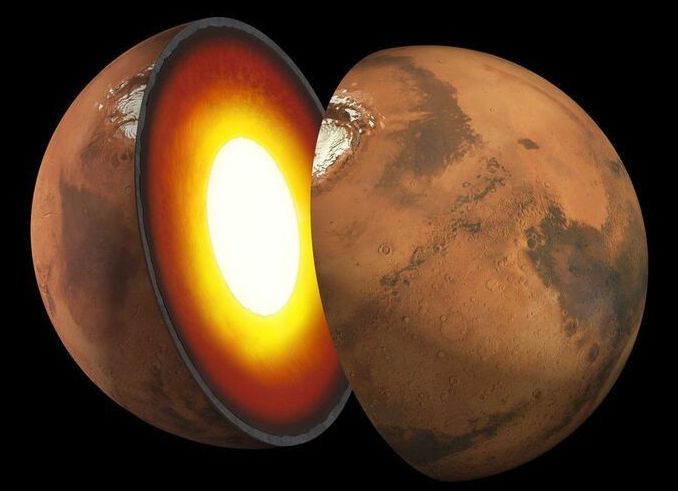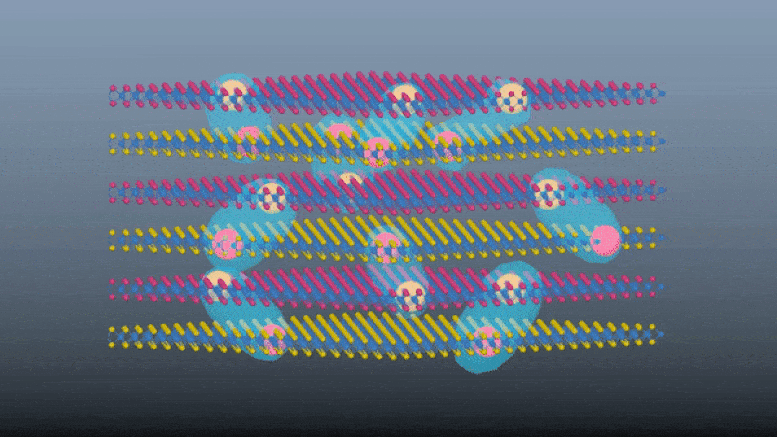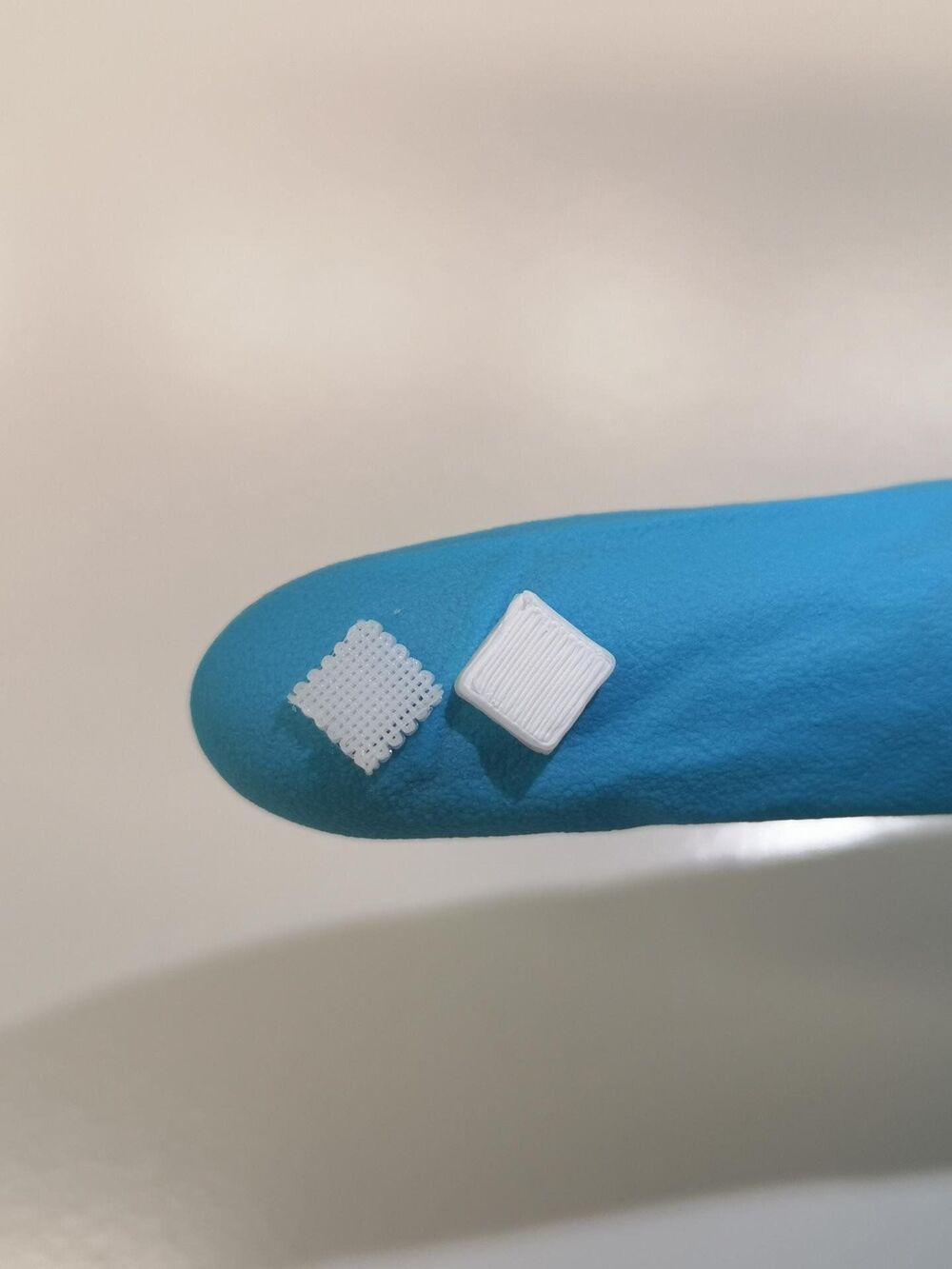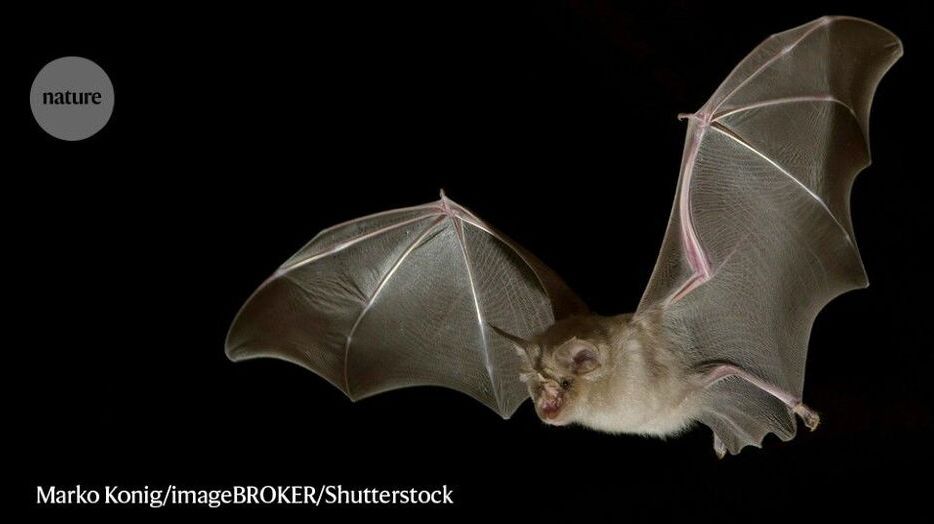“Now witness the firepower of this fully armed and operational Battle Station.” – Emperor Palpatine, Return of the Jedi
This week Microsoft took a series of dramatic steps against the recent SolarWinds supply chain attack. In the size, speed and scope of its actions, Microsoft has reminded the world that it can still muster firepower like no one else as a nearly-overwhelming force for good.
Through four steps over four days, Microsoft flexed the muscle of its legal team and its control of the Windows operating system to nearly obliterate the actions of some of the most sophisticated offensive hackers out there. In this case, the adversary is believed to be APT29, aka Cozy Bear, the group many believe to be associated with Russian intelligence, and best known for carrying out the 2016 hack against the Democratic National Committee (DNC).









